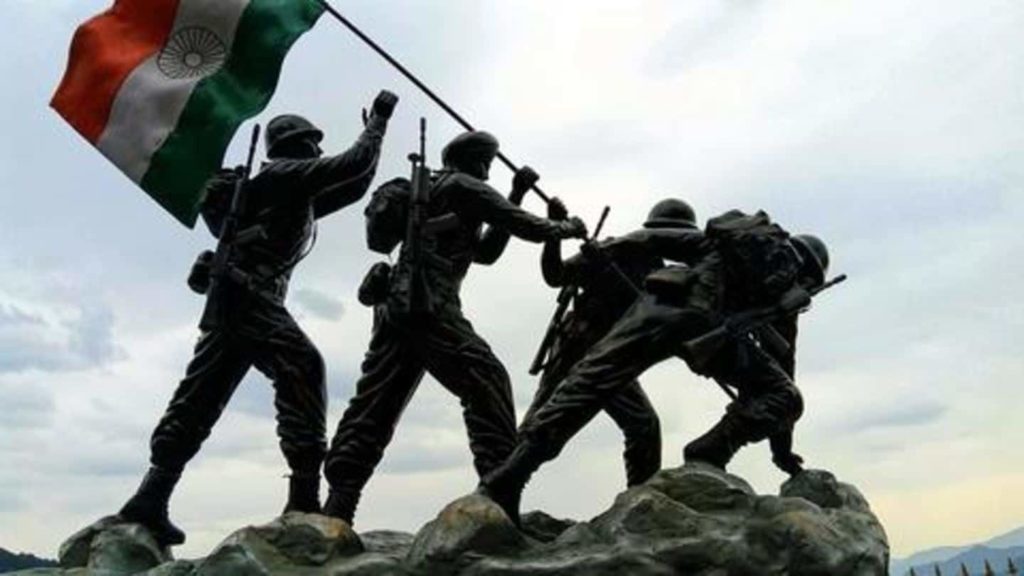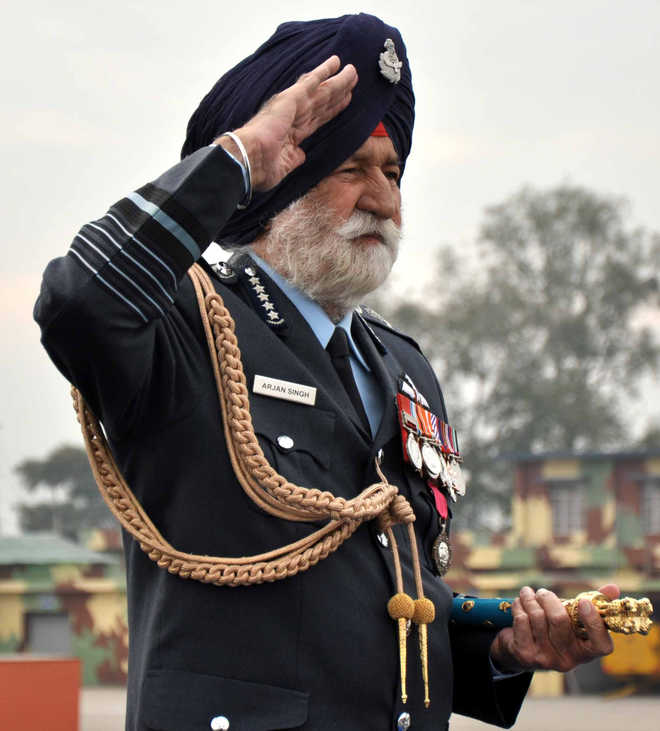
Well before any tractors entered New Delhi on Republic Day, Pakistan’s ISPR, the propaganda wing of the Inter-Services Intelligence agency (ISI), had already prepared hundreds of social media handles, as well as brief sheets for international news and public relations agencies, to cover India’s “farmers protests” through the prism of its psychological operations.
Its focus was to amplify atrocity narratives against Sikhs amongst Sikhs, to alienate them from Hindus and the Indian state, whilst simultaneously discrediting the broader Sikh community amongst Hindus. A combination of (manufactured or out of context) images and videos of Sikh “protesters” being reprimanded by Indian police have been viralised on Sikh social media pages, via email distribution lists, and on WhatsApp groups, to create a sense of paranoia within the community.
This strategy has largely failed for over four decades – barely a few thousand amongst a population of over 25 million Sikhs entertain any association with Khalistanis, who are almost universally considered the black sheep of the global Sikh community. However some damage, most recently on Republic Day 2021, has been done to Hindu-Sikh bonds. The “Sikh victim” narrative is central to this, and has largely been sustained by a small but influential Khalistani presence in Britain and Canada. These Khalistanis have been most susceptible to ISPR’s psychological operations, whilst others have been heavily funded by it. The still-born attempts to promote Khalistan, ironically, are sustained and amplified not so much in India, but by this tiny cluster of Khalistanis in these countries, backed by Pakistani diplomatic and intelligence resources.
Whilst the 2021 Republic Day violence has been “presented in reverse” in Sikh social media pages and groups, to appear as if Sikhs have been victims of Delhi Police brutality, the truth is that violent and armed Khalistanis have mercilessly attacked Delhi policemen. Images of these attacks have, in turn, infuriated many ordinary Indians, most of all Hindus and regular Sikhs, which plays directly into the hands of ISPR’s divide-and-rule. Despite an infinitesimally tiny minority of Sikhs being beholden to Khalistan or perpetrators of the Republic Day violence, the backlash against Sikhs in general breeds the cycle of hatred and fear between both communities that Pakistan essentially premises its information strategies upon.
Unlike with Islamic terrorism, which is essentially ideologically driven, the acts of Khalistanis – as well as of far-left wing Hindus who are also party to the “farmer protests” – are of course not related to Sikh (or Hindu) value systems or scriptures. Instead, they are motivated by extremist political ideologies, funded and nurtured from abroad, and used as tools against the Indian state. For Hindus to turn against Sikhs, and Sikhs against Hindus is therefore irrational and ill-considered. It is of course also precisely what Pakistan wants.

Sikhs are and have always been part of the Dharmic fold. The Indian government – and Indians at large – must enhance efforts to reverse the propaganda which has slowly allowed (some) Sikhs and Hindus to drift apart since the 1980s. Countervailing ISPR’s sinister designs, as well as the destructive tendency of casual, reactive insults by some Sikhs and Hindus to each other – most of all after yesterday’s despicable events – is the need of the hour.
The Hindu-Sikh bond is ultimately one of India’s most cherished, and it can be revitalised by re-emphasising a shared civilisational ethos and history. Educated Hindu and Sikh influencers must therefore be central to this process of amplifying unity, brotherhood and morale.
Jai Hind.
All Citti Intel authors write anonymously. This author is a psychological warfare expert, and has advised governments on how to tackle and reverse the effects of long-term subversive propaganda.












